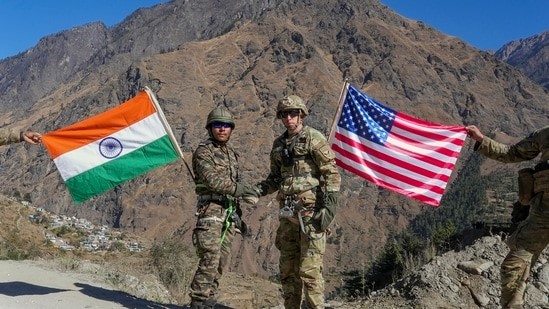
Searching for Congruity: Indo-US Defence Cooperation

Let me start on a personal note. In 2008, I led a Brigade to participate in the US-India Yudh Abhyas exercise in Hawaii. In the first formal meeting with the US commander, Maj Gen David Baldwin, we agreed that there was but one goal to pursue: build sufficient trust so that, should the contingency arrive, we could operate shoulder to shoulder. This anecdote has a powerful footnote. Fourteen years later, in 2022, when Gen Baldwin retired after being California National Guard’s Adjutant General, I was physically present and seated in the front row at the ceremony in Sacramento, California. Indeed, I was the first name he mentioned in his speech in the presence of a galaxy of attendees, including California’s Lieutenant Governor. Incidentally, these trust-building Indo-US military exercises are now an annual occurrence. The 2021 exercise was held in Alaska, and 2022, India hosted the eighteenth edition in Uttarakhand.
Over the years, engagements from the highest levels to soldiers have cemented that relationship far beyond training manoeuvres. In the 2000s, the eleven rounds of the much-celebrated Jaswant Singh Strobe Talbott dialogues were mainly centred around security and non-proliferation issues. The riveting story of those parleys – a friendly yet combative tango of two dancers searching for congruity and synchronicity – has been told vividly in the book Engaging India. In 2008, under the 123 Agreement, in a significant departure from its past intransigence, the US recognised India as a nuclear state and accorded the all-important waiver for the Nuclear Suppliers Group.
Indeed, we could call ‘the search for congruity’ and growing trust the ongoing theme songs of the Indo-US Defence relationship.
Many in India remember the malevolent intent implicit in the 1971 threat by the US to intervene in the Indo-Pakistan conflict by repositioning the Seventh Fleet. Fewer can recall a diametrically opposite positive contribution the US made during India’s disastrous war with the Chinese in 1962. On Prime Minister Nehru’s fervent appeals, the US not only put its Air Force contingent in the Philippines on notice, but it also used C-130 Hercules aircraft to drop arms and ammunition (including artillery guns) and essential clothing for the beleaguered Indian soldiers on the Hathung La ridge.
In the seven decades that followed, the US has steadily veered around to the view that a democratic India is a force for good and must be supported in all aspects, including defence. The progress has been slow but linear. It was punctuated for a long swathe of time due to India’s preference for Soviet weaponry and the 1971 Treaty of Friendship and Cooperation between the two countries. That bias has disappeared, and India regards the strategic partnership with the US as central to its security and growth. On the other hand, the US sees India as an ally in the Asia Pacific and to protect its interests in the Indian Ocean and beyond. Some experts even speculate that the US is propping up India as a bulwark against the rise of China.
Already, the growth of the Indo US Cooperation appears to have acquired impressive momentum. In 2016, the US designated India as Major Defence Partner, putting India in the same league as its closest allies and opening the vault of cutting-edge technology for India. The move has come at an opportune moment for India when the defence industry is at an inflexion point. This elevated relationship is supported by the Defence Technology and Trade Initiative (DTTI). Though US and India launched the DTTI in 2012 to vigorously cut the bureaucratic red tape and has had nine meetings, it received a significant boost in 2019. The 2+2 Ministerial Group reached several agreements to move the bilateral defence relationship to a new level, explore opportunities for co-production and strengthen India’s industrial base.
In the past decade, several other bilateral have exponentially reinforced defence cooperation. In 2016, the two countries signed path-breaking agreements on logistics and communications, giving access to the facilities of two militaries for supplies and services and paving the way for communication interoperability. In 2018, the US granted the coveted Strategic Trade Authorisation Status. This enabled India to enjoy licence-free access to technologies that could be used for defence and civilian purposes.
Two other symbolic – but strategically significant – developments followed. The US renamed its oldest and largest command, the Pacific Command, as the Indo-Pacific command. It signalled US’ noticeable strategic pivot to the Asia Pacific during the 21st century and the rise of India in its geopolitical calculus. In the National Defence Authorization Act of 2019, the US put India on par with its NATO allies for several elements of defence cooperation.
Procurement of defence equipment has, of course, been a cornerstone of defence cooperation. The trajectory of growth of this element of the bilateral equation is instructive. Merely two decades ago, till 2001, there was no defined relationship. Part of the reason for this state of affairs was that previously Soviet Union/ Russia was India’s preferred destination for shopping for military hardware. The US had expressed its explicit disquiet by imposing an arms embargo.
But in the first five years of the century, the US lifted the embargo and opened the door for defence collaboration. The change was visible in numbers; the value of arms transfer, which stood at less than USD 10 million in 2001, ballooned to USD 56 million by the end of 2005. In the Obama years, India placed large orders to Lockheed Martin and Boeing, earning bipartisan approbation among the political circles in the US. The two countries worked out deals worth USD 2.1 billion to transfer eight high-technology P-8 Anti Submarine Warfare aircraft. In addition, India purchased two C 130J Super Hercules transport planes.
In the 2010s, India bought US defence equipment worth USD 18 billion. Since 2020, India has enlarged its shopping list and placed orders for 24 MH 60R Seahawk Multirole Helicopters and six AH-64E Apache attack helicopters. The bill? USD 3 billion.
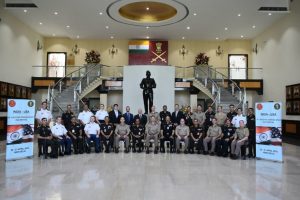
India is now rapidly moving from imports to self-reliance under the Make in India or Atamnirbhar Bharat projects. It is a watershed moment for India’s defence industry; here, the US is beginning to play a vital role. Leading US defence sector companies have signed joint-venture agreements to give a fillip to indigenous manufacturing. Honeywell Aerospace is partnering with Hindustan Aeronautics Ltd (HAL) in Air Force-related manufacturing. Lockheed Martin Corporation has set up a 20,000-square-foot facility for Tata Advanced Systems Ltd at Adibatla, Hyderabad. Boeing, too, has got into the act, creating joint ventures with Tata for Apache fuselage and Mahindra Defence Systems.
There are other critical spin-offs of these moves. One is the creation of a repository of skilful professionals. The other is the growth of India’s exports, which are nascent: between 2015 and 2020, India exported a combined total of a mere USD 5.5 billion to the US, France, Russia and Israel.
Two countries see the current defence collaboration and cooperation as a work in progress. During the recent visit, the US Defense Secretary Lloyd Austin held extensive discussions with his Indian counterpart, Defence Minister Rajnath Singh, to draw up a road map for the years to come. The agreement will get another boost when Prime Minster Modi visits the US later this month.
There are more similarities and commonalities in the ideology and value systems of India and the US than friction points. The end of the Cold War, the rise of an aggressive China and the destabilization of a part of Europe due to Russia’s offensive have increased the convergence of the national interests of the US and India. Coupled with the enthusiastic support from the US for manufacturing in India, it has the potential for immense growth of ties.
The two partners appear to be settling into a comfortable rhythm in this dance.
Disclaimer
The opinions expressed in this article are the author’s own and do not reflect the views of Chanakya Forum. All information provided in this article including timeliness, completeness, accuracy, suitability or validity of information referenced therein, is the sole responsibility of the author. www.chanakyaforum.com does not assume any responsibility for the same.
Chanakya Forum is now on . Click here to join our channel (@ChanakyaForum) and stay updated with the latest headlines and articles.
Important
We work round the clock to bring you the finest articles and updates from around the world. There is a team that works tirelessly to ensure that you have a seamless reading experience. But all this costs money. Please support us so that we keep doing what we do best. Happy Reading
Support Us



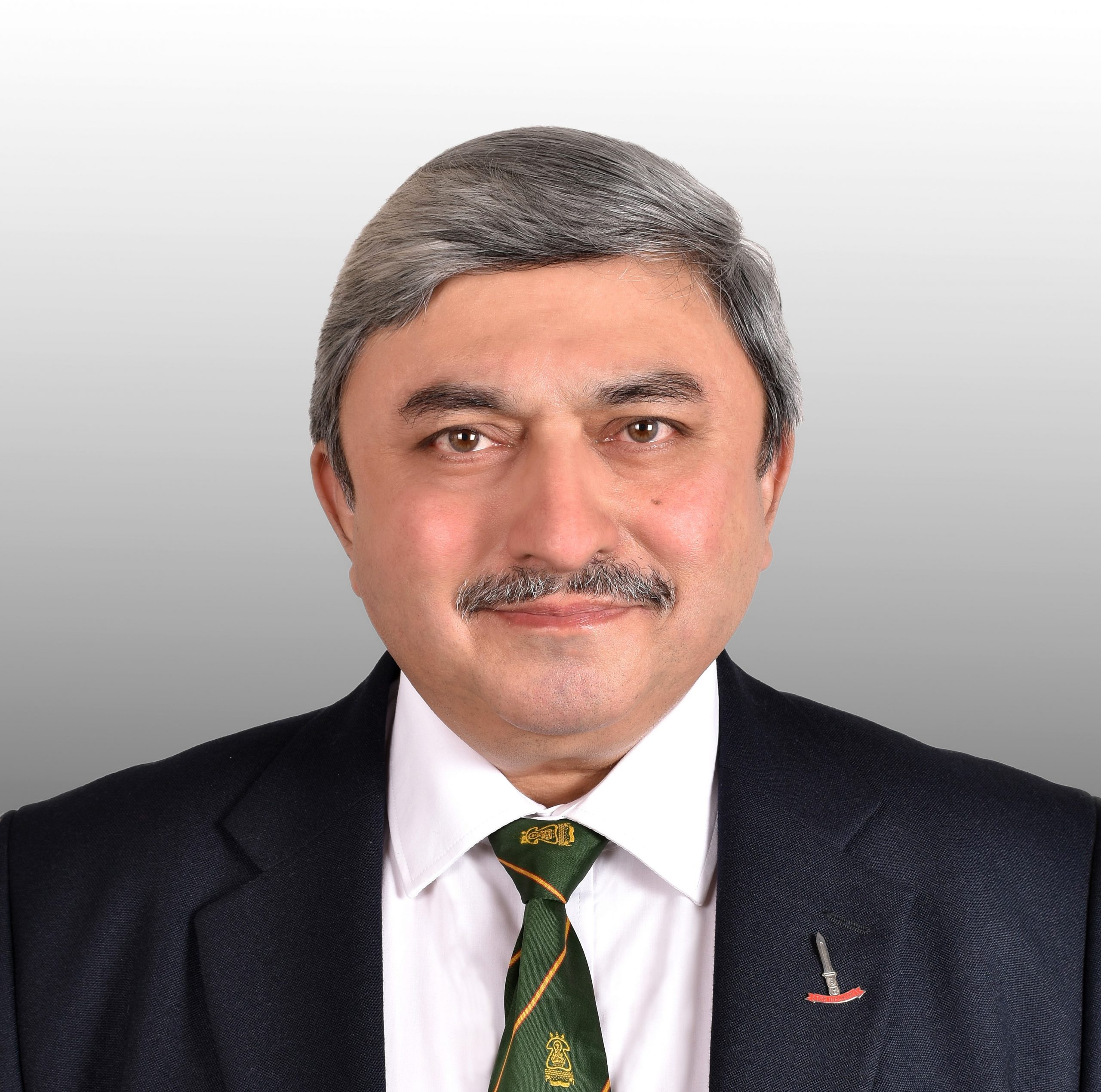


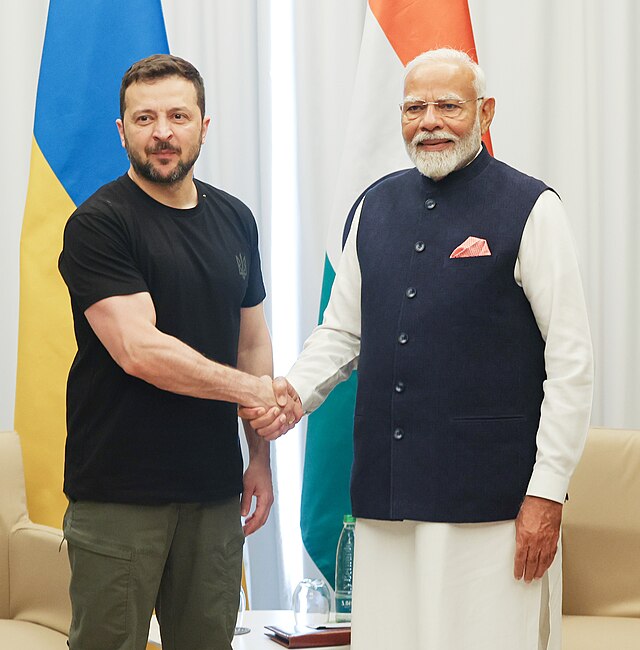





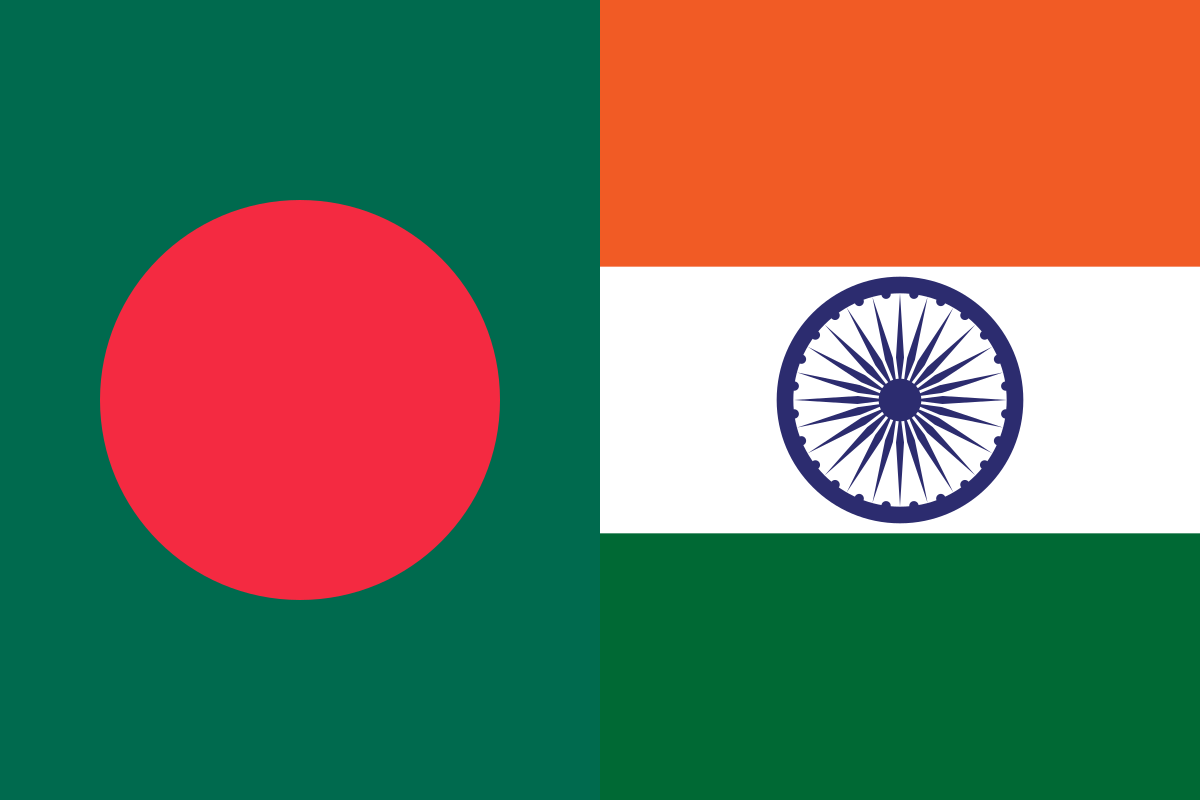








POST COMMENTS (0)